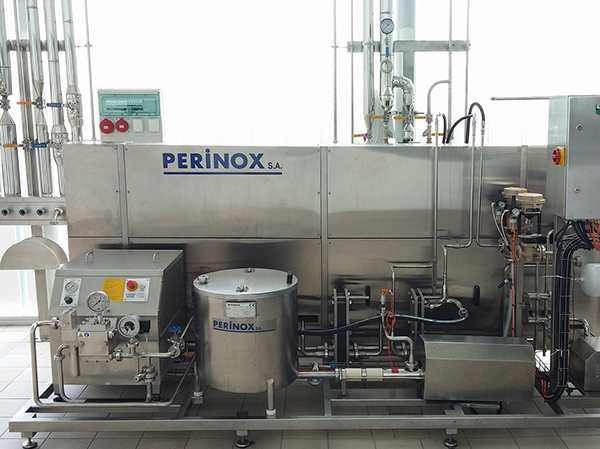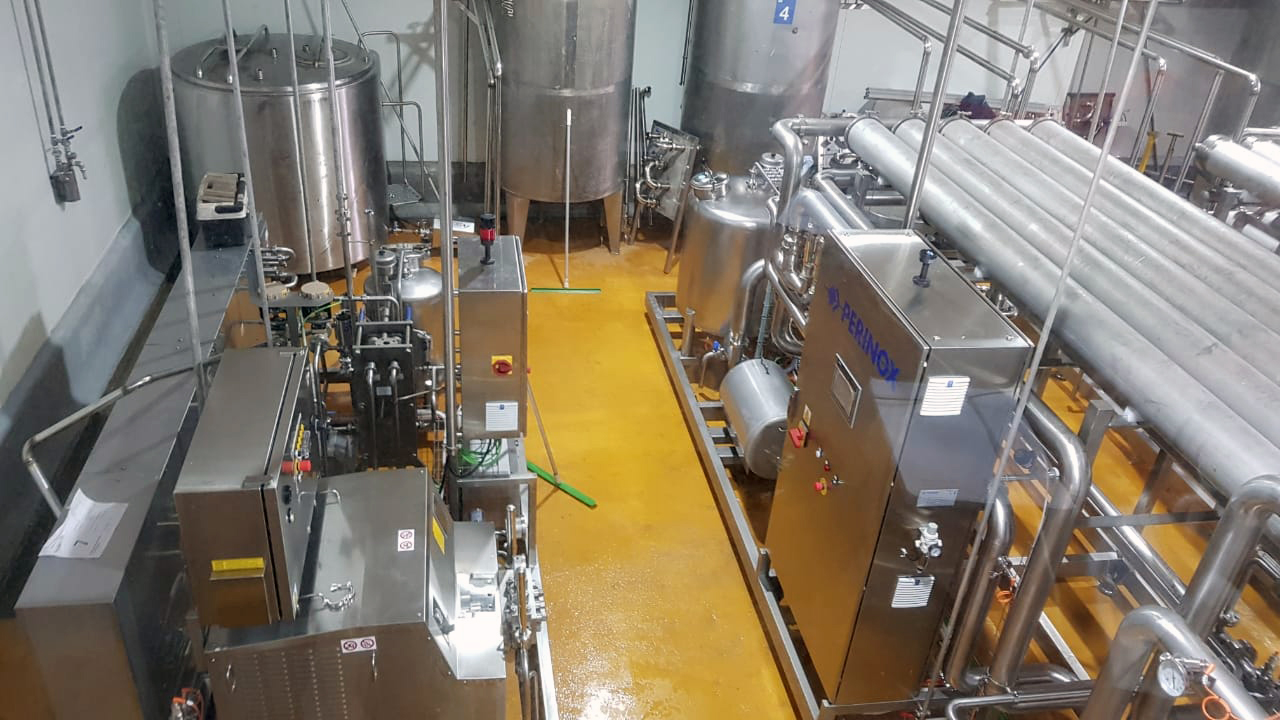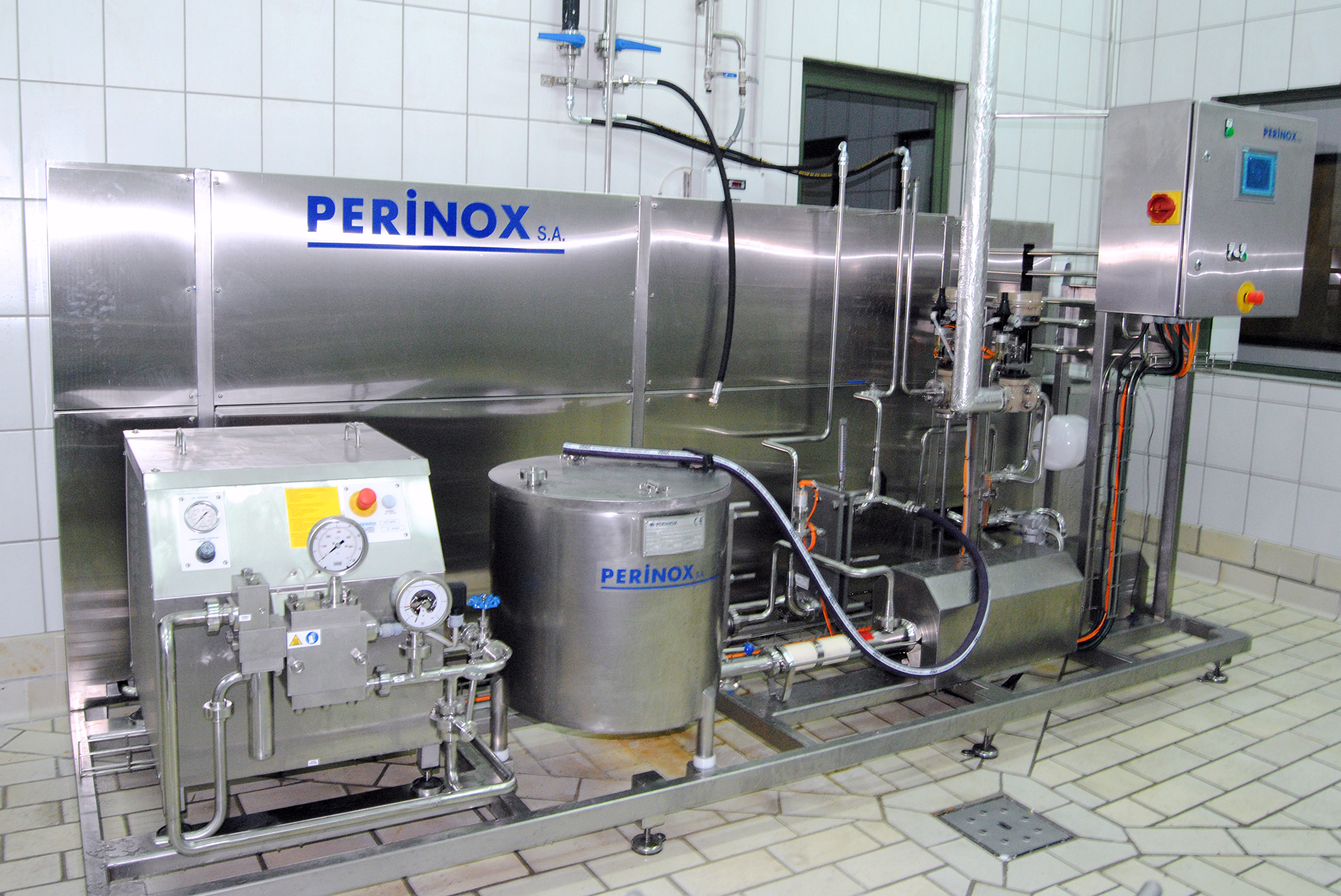Project Description

MICROPARTICULATION
Microparticulation can be defined as the process in which a protein concentrate is subject to thermal treatment under mechanical stress conditions, in such a way that the shearing forces avoid the formation of a jellified matrix and give rise to the formation of small aggregates of whey proteins.
Microparticulation allows protein aggregates to be obtained which have a particle format of between 0.5 and 10 μm, similar to the size of fat globules (1-10 μm), which facilitates their inclusion in matrix proteins, thus acting as a potential substitute of fat globules, and they can be reincorporated into the milk manufactured.
The Microparticulation of WPC affords many advantages, extending the field of applications:
- Brining new technological and organoleptic properties, maintaining their nutritional value and functional properties (gelling, emulsifying and foaming capacity). Thanks to this, it can be a very useful ingredient in the formulation of dairy products, as well as in many others.
- Potential substitute for fat globules, and it can be reincorporated into the milk manufactured, also obtaining products with a low-fat content, but without foregoing the sensory characteristics of fatty foods.
- It allows appropriate treatments to be carried out in liquid products with Microparticulate to extend their working lives.
- Major increase in cheese yield.
Our microparticulate affords other advantages which set it apart from the whey it comes from:
- It has a milky white colour, not the yellowish colour of the whey.
- It doesn’t taste of “whey”.
- It has a creamy, lump-free structure.
- It is characterised by its good water retention capacity.
When applying the protein microparticulate, in the specific case of cheese, in addition to the increases in yield described above, sensory improvements are achieved:
- Greater elasticity.
- Greater fatty texture.
- Improved perceived taste.
- Improved sensation of creaminess.
PERINOX can cater for all kinds of requirements, managing to overhaul the design for smaller, lower cost equipment, with the selection of a more appropriate microparticulation process.














